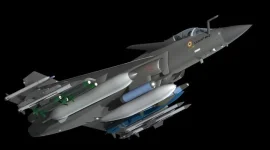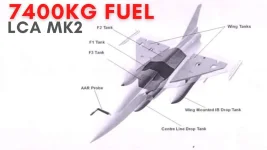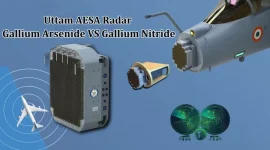- Views: 929
- Replies: 2

The Defence Research and Development Organisation (DRDO) is poised to significantly enhance India's aerial combat capabilities with the Astra Mk2 (Astra-2) missile, set to become the primary Beyond Visual Range (BVR) weapon in the Indian arsenal.
This advancement, however, doesn't diminish the importance of the Astra Mk1 (Astra-1), which remains crucial for establishing a robust domestic supply chain for BVR missiles.
The Astra-2 is currently undergoing rigorous developmental trials, expected to be completed by 2026, paving the way for production.
With an extended range of 145-160 km (depending on launch altitude), it surpasses the Astra-1's capabilities, allowing engagement of targets at a safer distance, minimizing the risk of counterattacks.
Utilizing a dual-pulse motor, the Astra-2 has already proven its propulsion efficiency in unguided test launches, ensuring it can achieve the speed and range necessary for modern air-to-air combat.
The missile will be equipped with an Active Electronically Scanned Array (AESA) seeker, and upcoming tests in 2025 will focus on validating its ability to engage aerial targets across its entire operational range, showcasing its precision and effectiveness.
The Indian military envisions a layered approach where both Astra-1 and Astra-2 play distinct roles.
Astra-1 will continue to fulfill immediate operational needs and contribute to the development of a robust domestic supply chain, while Astra-2 will be deployed for future engagements where its superior range and advanced technology can be leveraged.
The full-range test of Astra-2 in 2025 will be a critical milestone, demonstrating not only the missile's reach but also its ability to engage targets in diverse combat scenarios at different altitudes and ranges, ensuring its readiness for operational deployment.
The integration of Astra-2 into India's defence strategy represents a significant step towards achieving parity with global leaders in air-to-air missile technology.
However, the continued production and deployment of Astra-1 underscore a strategic approach to defence manufacturing – ensuring that while innovation pushes boundaries, the foundation for sustained, independent production is also strengthened. This dual-pronged strategy ensures both cutting-edge capabilities and strategic autonomy in critical defence technologies.



